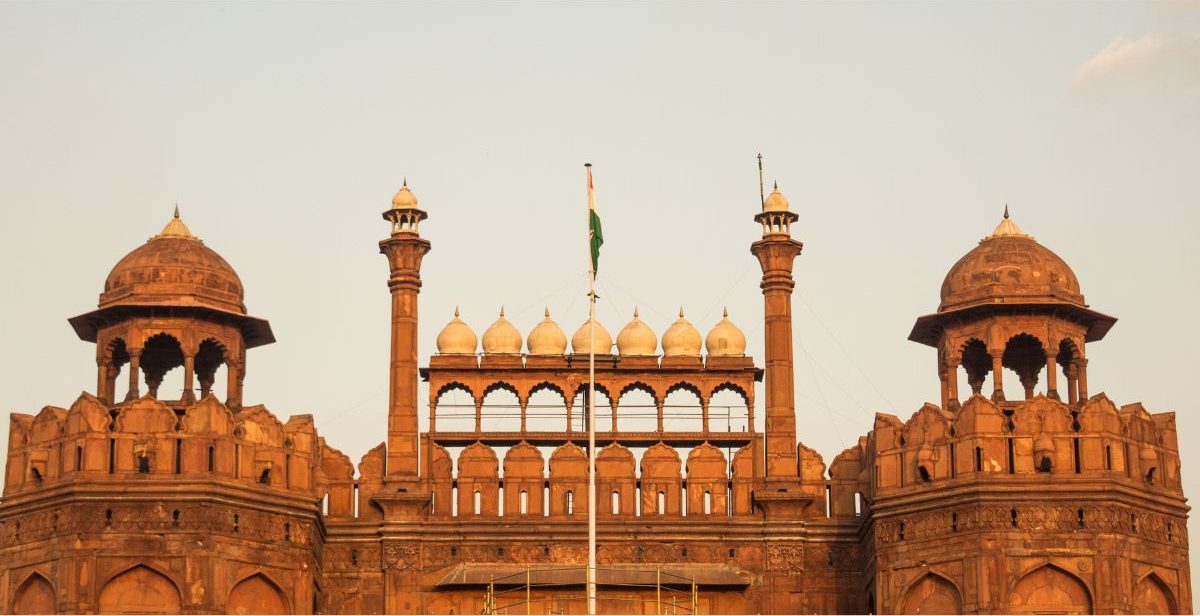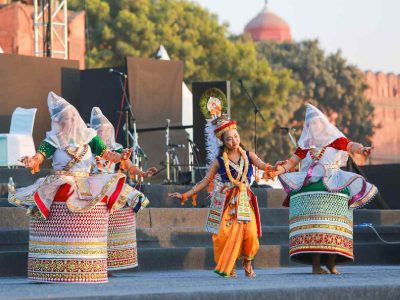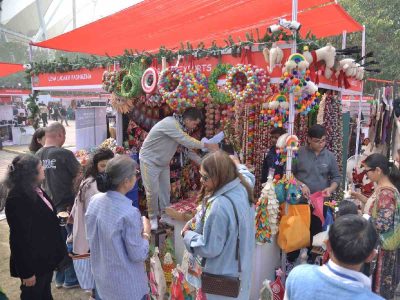The ‘World Heritage Day’ is celebrated on April 18 every year. Also called the ‘International Day for Monuments and Sites’, its aim is to create awareness about the diversity on the planet as well as honour and safeguard our cultural heritage.
Ancient monuments are gems and they need to be protected for future generations as they have history to tell. India has a number of heritage sites, many of which are in dilapidated condition. The authorities are working on some of them to restore their pristine glory. The departments concerned must rope in various organisations, societies or other stakeholders to create awareness about these historical sites and the need for their preservation.
On the sidelines of the day, which was first observed in 1982 by UNESCO’s General Conference, Patriot lists some of the historical sites in Delhi that one must visit.
Red Fort
Also known as ‘Lal Quila’, it is a historic fort in Old Delhi. Emperor Shah Jahan commissioned the construction of the Red Fort on 12th May 1639, when he decided to shift his capital from Agra to Delhi. Originally red and white, its design is credited to architect Ustad Ahmad Lahori, who also constructed the Taj Mahal. The fort represents the peak in Mughal architecture under Shah Jahan and combines Persian palace architecture with Indian traditions.
Red Fort is not only a tourist site thronged by millions every year, but also the venue of country’s Independence Day celebrations, where the Prime Minister hoists the flag and addresses citizens.
Humayun’s Tomb
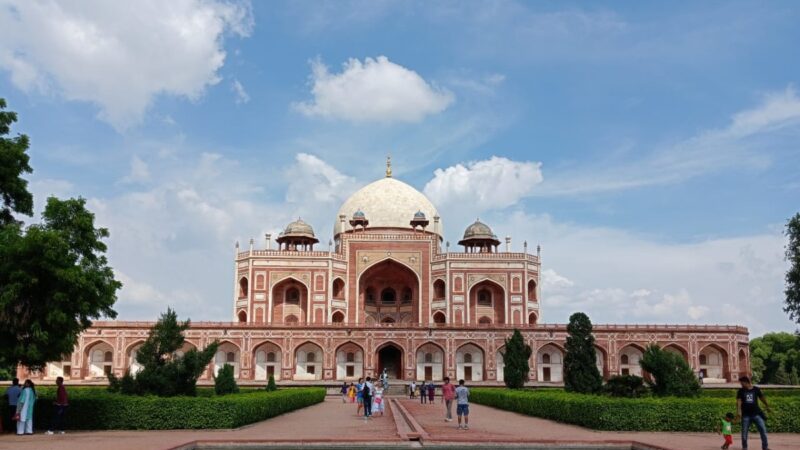
Located near the crossing of Mathura Road and Lodhi Road, this magnificent garden tomb is the first substantial example of Mughal architecture in India. It was built in 1565 A.D, nine years after the death of Humayun, by his senior widow Bega Begam. Inside the walled enclosure, the most notable features are the garden squares (chaharbagh) with pathways and water channels, centrally located well-proportioned mausoleum topped by double dome. There are several graves of Mughal rulers located inside the walled enclosure. It was also the first structure to use red sandstone at such a scale. The tomb was declared a UNESCO World Heritage Site in 1993, and since then has undergone extensive restoration work, which is complete.
Qutub Minar
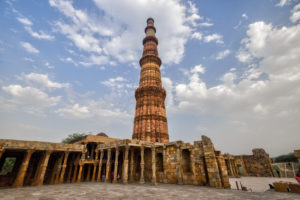
Qutb ud-Din Aibak laid the foundation of minar in 1199 AD for the use of the mu’azzin (crier) to give calls for prayer and raised the first storey, to which three more storeys were added by his successor and son-in-law, Shams ud-Din Iltutmish (AD 1211-36). All the storeys are surrounded by a projected balcony encircling the minar and supported by stone brackets, which are decorated with honey-comb design, more conspicuously on the first storey. It is one of the most visited tourist spots in the city. It was built between 1199 and 1220. It can be compared to the 62-metre all-brick Minaret of Jam in Afghanistan, which was constructed a decade or so before the probable start of the Delhi tower. The surfaces of both are elaborately decorated with inscriptions and geometric patterns.
Purana Qila
Purana Qila is one of the oldest forts in Delhi, India. It was built by the second Mughal Emperor Humayun and Surid Sultan Sher Shah Suri. Built on the site of the most ancient of the numerous cities of Delhi, Indraprastha, Purana Quila is roughly rectangular in shape having a circuit of nearly two kilometres.
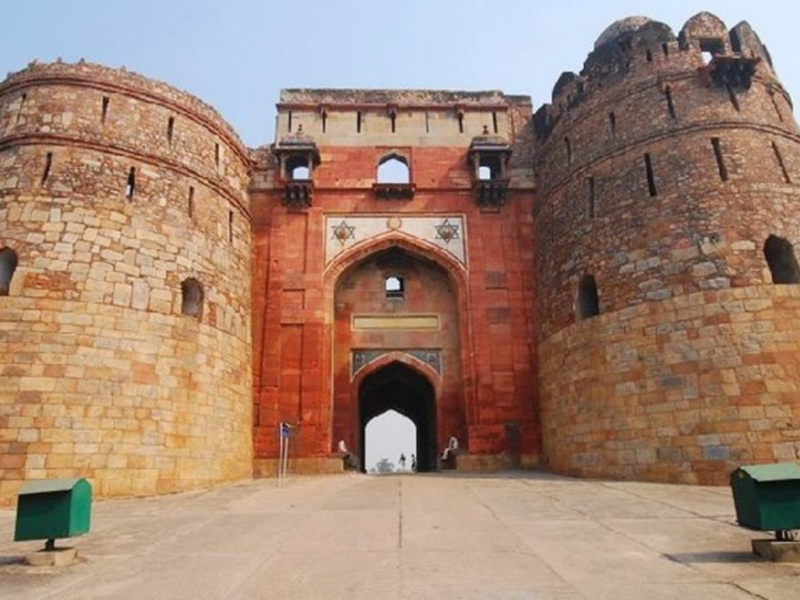
The thick ramparts crowned by merlons have three gateways provided with bastions on either side. It was surrounded by a wide moat, connected to river Yamuna, which used to flow on the east of the fort. The northern gateway, called the Talaqui Darwaza or the forbidden gateway, combines the typically Islamic pointed arch with Hindu Chhatris and brackets; whereas the southern gateway called the Humayun Darwaza also had a similar plan.
Mehrauli Archaeological Park
Spread over 200 acres, the Mehrauli Archaeological Park consists of over 100 historically significant monuments. They contain sites like Tomb of Balban 1287 CE, wherein a true arch and the true dome were built for the first time in India; Jamali Kamali Mosque and Tomb of Maulana Jamali Kamali (Jamali Kamboh), built in 1526 – 1535 CE; Quli Khan’s Tomb; Gandhak ki Baoli; Rajon Ki Baoli, a stepwell; and Madhi Masjid. The other nearby monuments are Jahaz Mahal, Zafar Mahal of Bahadur Shah II alias Lal Mahal, Hauz-i-Shamsi and Tomb of Adham Khan.

